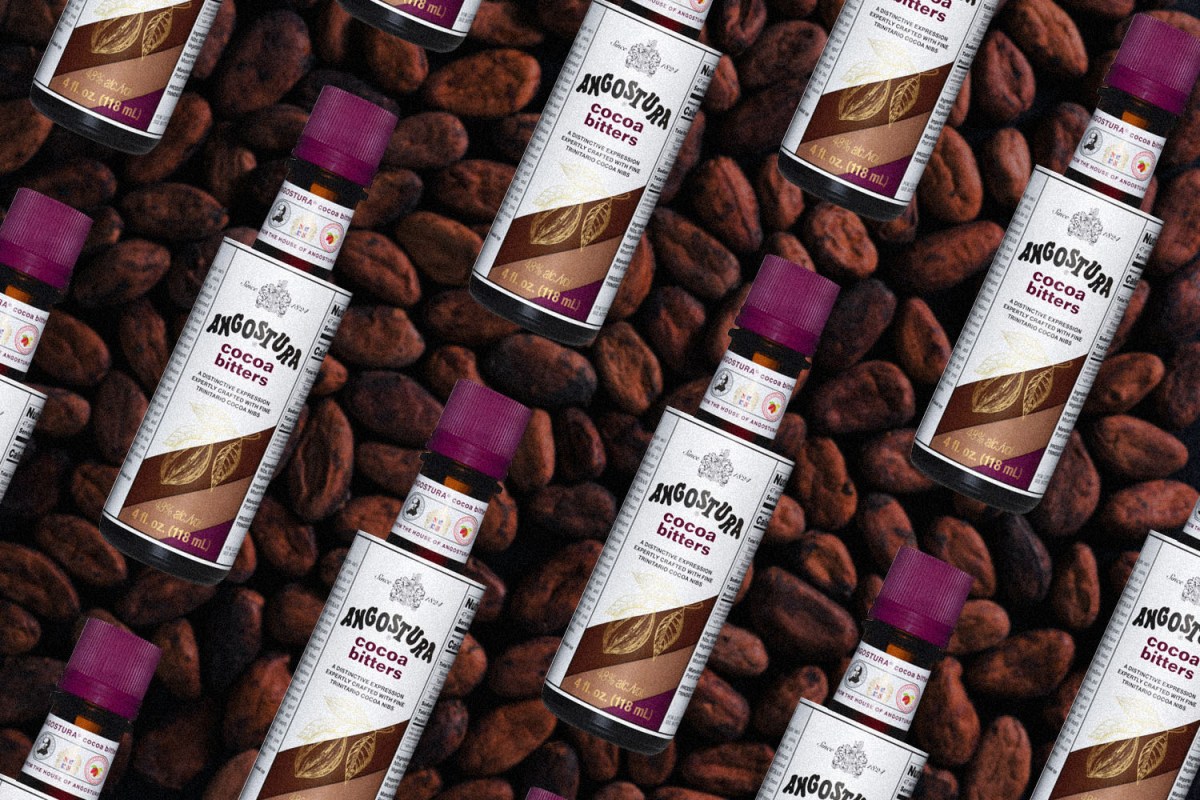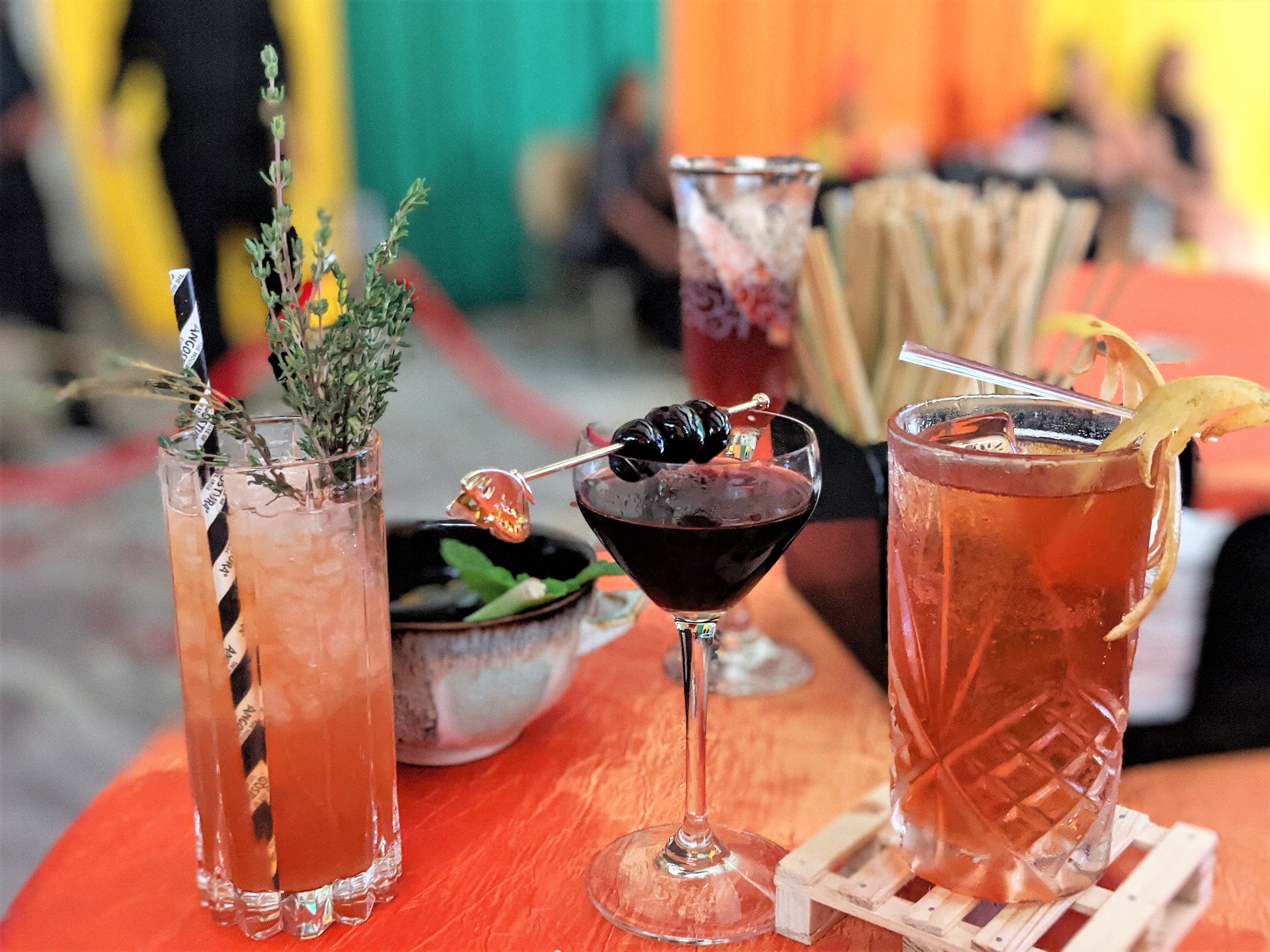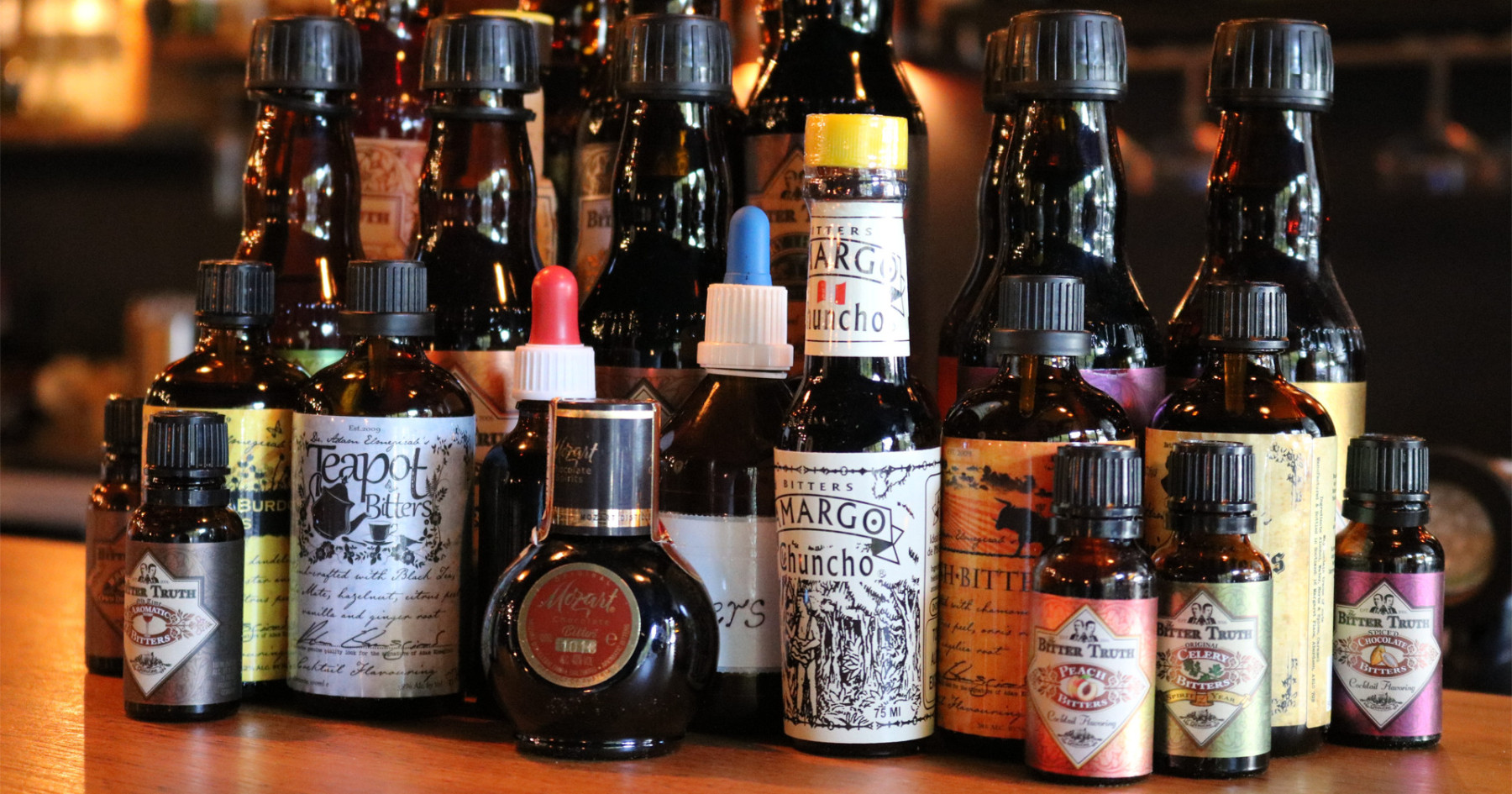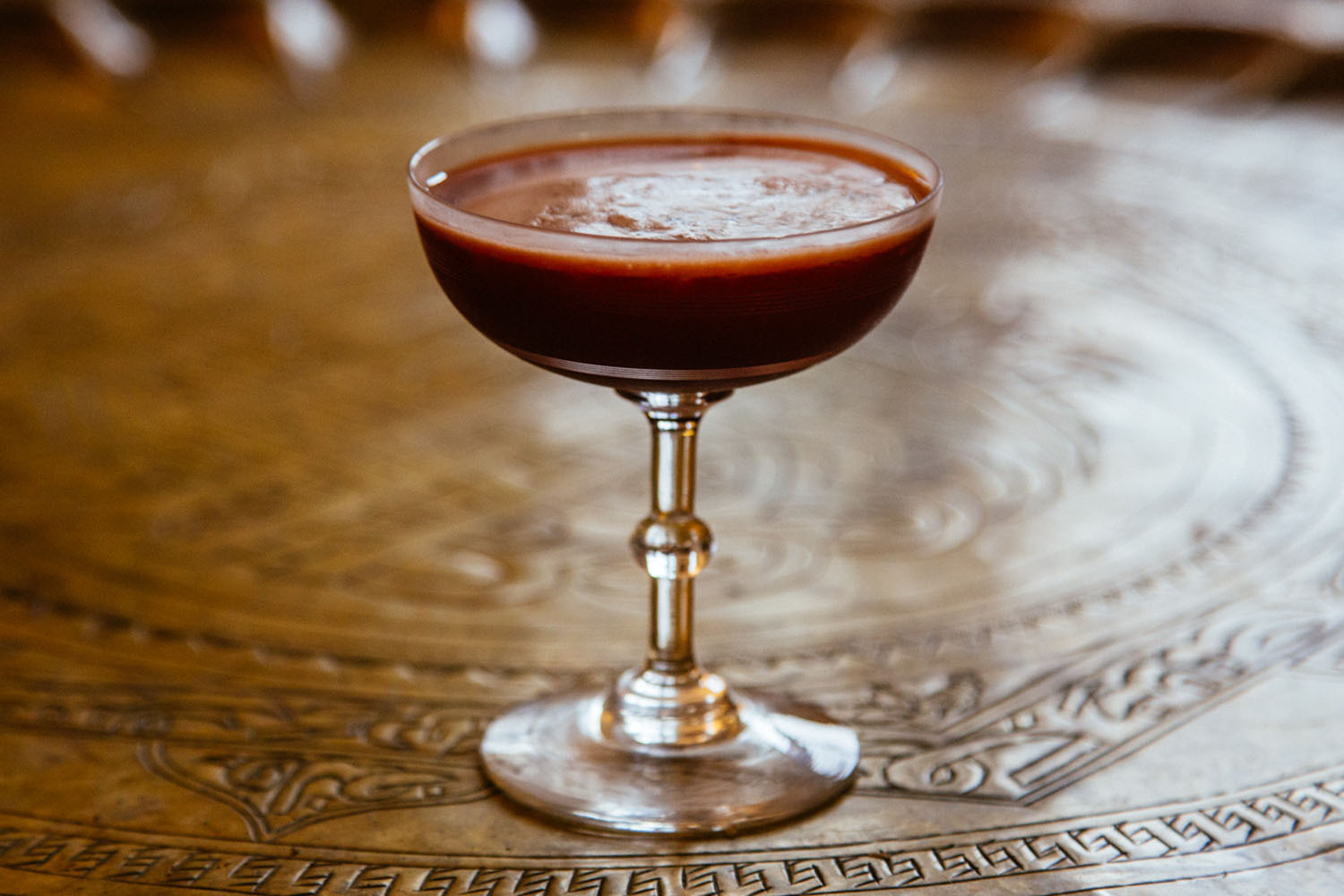Talk to bartenders about bitters, and you’ll find nigh universal agreement on the first three bottles you need in your home bar: Angostura for your Old Fashioneds and Manhattans, Peychaud’s for your Sazeracs, and orange bitters for your Martinis. (Not putting orange bitters in your Martinis yet? Change that right away!) After those three bottles, however, the field is wide open, if not completely arbitrary.
It wasn’t that long ago that even tracking down orange bitters was an ordeal. Now you can probably find them at your local Whole Foods alongside untold other varieties of bitters, tinctures and shrubs to dash into your cocktails. This plenitude is one of the welcome developments of the cocktail renaissance, but it can be hard to know where to begin. Celery? Habanero? Rhubarb? They all have their uses, but if I could add just one bottle of bitters to the holy trinity, it would be chocolate.
I felt somewhat vindicated in this opinion when Angostura revealed its new cocoa bitters last month. While other brands responded to the bitters revival by crafting a broad range of flavors, Angostura has played it conservative. The company released its orange bitters more than a decade ago, and until now that has been Angostura’s only addition to its venerable aromatic bitters. That they chose cocoa for their new bottling is a testament to chocolate bitters’ potential in cocktails.
The new Angostura cocoa bitters is made with cacao nibs from Trinidad and Tobago, the company’s home base, and very nicely accented with subtle spice notes. Thanks to the brand’s wide distribution, it will probably become one of the go-to chocolate bitters on the market, though it’s certainly not the only one. Bittermens Xocolatl Mole bitters was a pioneer in the category and quality smaller brands abound. The Bittered Sling’s Malagasy chocolate bitters from British Columbia, Scrappy’s chocolate bitters from Seattle, and the Portland Bitters Project’s Pitch Dark cacao bitters are three others I often reach for when mixing drinks.
Whichever brand of chocolate bitters you choose, you’re probably going to be looking for cocktails to use them in, not sipping them straight from a shot glass. (Unless, like me, you’re currently tasting them for an article.) Below, you’ll find four drinks to try with four different spirit bases.
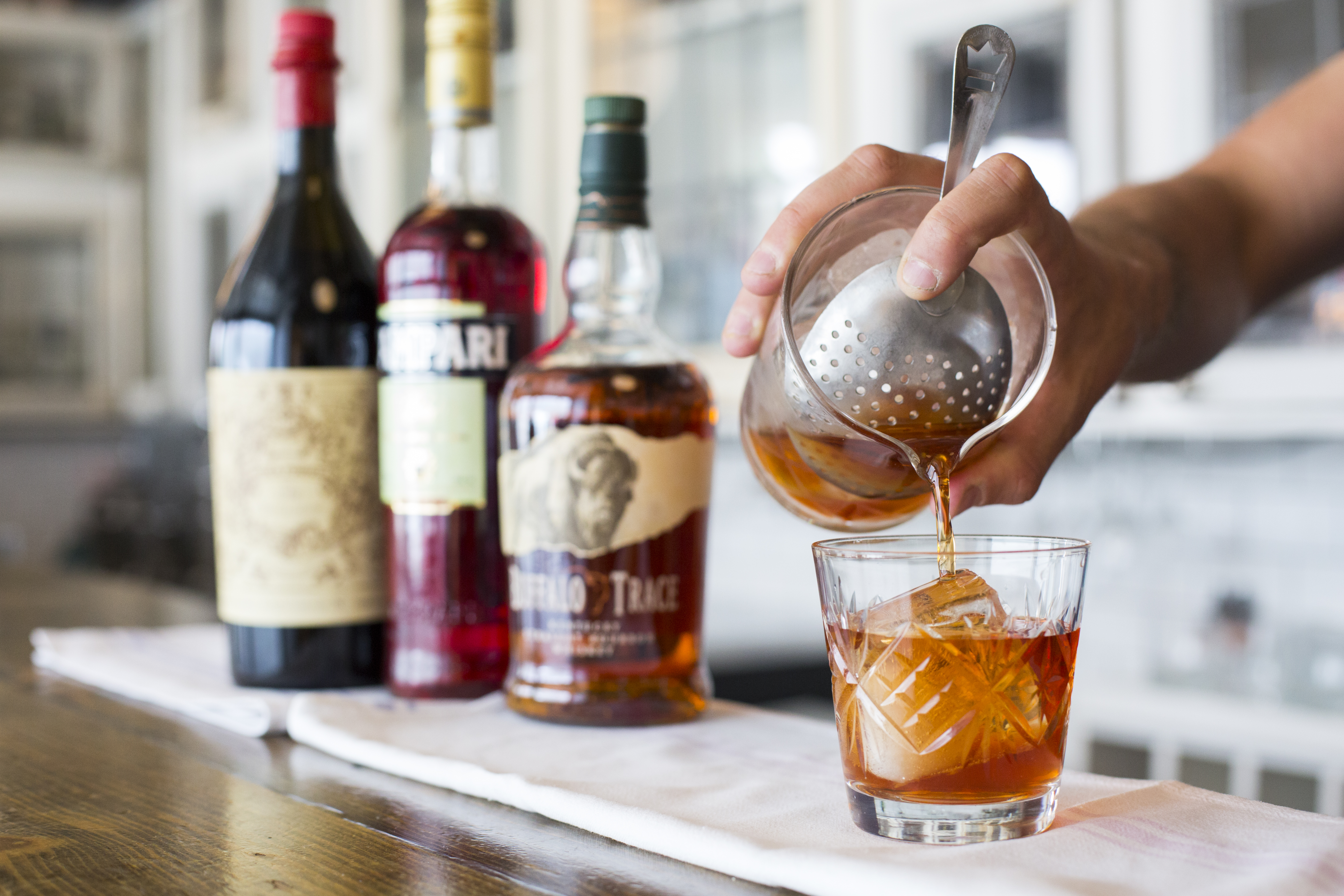
Boulevardier
As you might expect, chocolate bitters tend to play well with barrel-aged spirits. Oak barrels contribute vanilla, and chocolate and vanilla go together famously well, so this is a no-brainer. The very first drink I made when the new Angostura chocolate bitters arrived was a Boulevardier. This Negroni-like cocktail is made with bourbon or rye, Campari and sweet vermouth. With the vanilla of the whiskey and the bitter orange flavors of Campari, it’s also a natural choice for incorporating subtle notes of chocolate.
1 ¼ oz bourbon
¾ oz Campari
¾ oz sweet vermouth
2 dashes chocolate bitters
Orange peel, for garnish
Stir and serve either up in a chilled coupe or in a rocks glass with a large ice cube, expressing the orange peel over the drink.
Rum Old Fashioned
Old Fashioneds are also a fun cocktail in which to explore chocolate bitters. You could certainly use whiskey, simply accenting your current favorite Old Fashioned recipe with an extra dash of bitters, but this is a perfect opportunity for making the drink with rum. Pick up a good aged bottle — or maybe your infinity bottle — and try this. (Aged rums vary considerably in their levels of sweetness, so cut back on the demerara syrup if you have a particularly rich one.)
2 oz aged rum
1 barspoon rich demerara syrup (2:1 sugar to water)
2 dashes chocolate bitters
1 dash Angostura or aromatic bitters
Orange peel, for garnish
Stir with ice and strain onto a large ice cube, expressing the orange peel over the drink.
Mexican Train
Aside from barrel-aged spirits, the pairing you most frequently encounter with chocolate bitters is tequila or mezcal. This might have something to do with the fact that Bittermens, one of the early chocolate bitters on the market, was explicitly modeled on mole spices, but there’s no denying that chocolate and agave have an affinity for each other. One of the first cocktails with chocolate bitters that I created drew on this pairing along with Chartreuse, another spirit that goes famously well with chocolate. (When the winter comes, try spiking your mug of hot chocolate with a pour of Chartreuse. You’ll thank me later.) I originally made this with a barrel aged mezcal, Ilegal reposado, but there’s more than enough depth here to work with a good unaged espadin.
2 oz mezcal
1 oz Carpano Antica sweet vermouth
½ oz green Chartreuse
2 dashes chocolate bitters
Orange peel, for garnish
Stir with ice and strain over a large ice cube, expressing the orange peel over the drink.
Twentieth Century
One last spirit that mixes surprisingly well with chocolate bitters is gin. This piney, junipery spirit isn’t an obvious match, but gin and crème de cacao have a long history in cocktails. The Alexander was made with gin before the more famous Brandy Alexander supplanted its place as the standard bearer for sophisticated, creamy dessert drinks. A lesser-known cocktail is the Twentieth Century, which appeared in the Café Royal Bar Book from 1937. It’s sort of like a Corpse Reviver #2, but with crème de cacao in place of orange liqueur. The original recipe doesn’t call for chocolate bitters, but they’re a very welcome addition, bringing extra depth and spice to this forgotten vintage cocktail that deserves a little modern love.
1 ½ oz gin
¾ oz Lillet blanc
¾ oz lemon juice
½ oz white crème de cacao
2 dashes chocolate bitters
Shake with ice and strain into a chilled coupe, expressing the lemon peel over the drink.
Every Thursday, our resident experts see to it that you’re up to date on the latest from the world of drinks. Trend reports, bottle reviews, cocktail recipes and more. Sign up for THE SPILL now.
